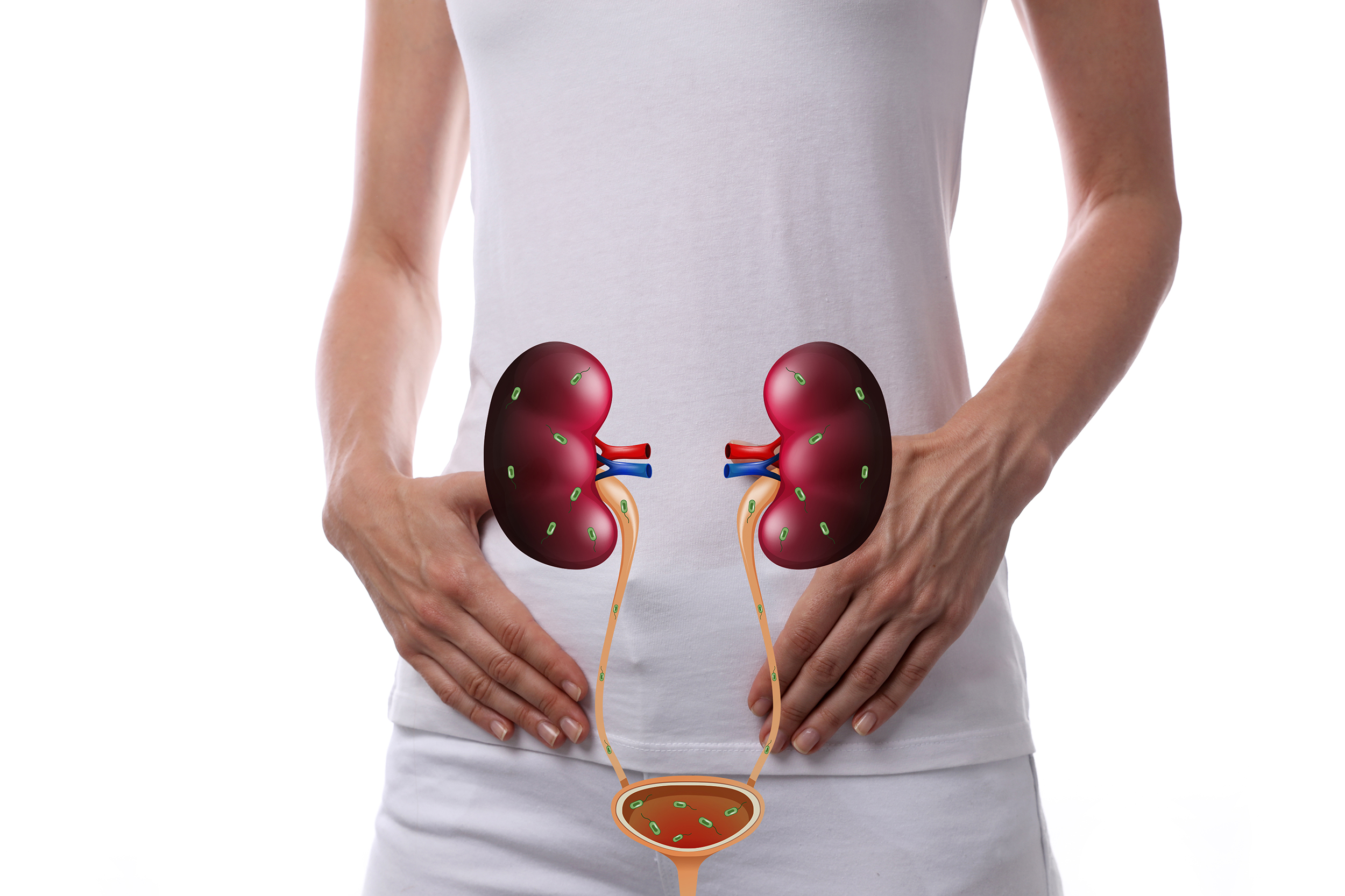Last week, we noted that adenomyosis can frequently coexist in people with endometriosis. Another one of those conditions that can frequently coexist with endometriosis, aptly named the “evil twin” to endometriosis, is interstitial cystitis (IC) (also called painful bladder syndrome). The walls of the bladder become inflamed or irritated, resulting in symptoms similar to a bladder infection, such as urinary urgency and/or frequency, painful urination, and pelvic pain (Al-Shaiji et al., 2021). However, in IC, there is no infection, and the symptoms can often be exacerbated during the time around menses (Al-Shaiji et al., 2021).
Endometriosis and IC can both be found in 80% of people with chronic pelvic pain (Al-Shaiji et al., 2021). Like endometriosis, it can take several years for a diagnosis of IC to be made (Al-Shaiji et al., 2021). It is important to consider this condition when looking at treatments for chronic pelvic pain. Al-Shaiji et al. (2021) reports that “up to 25%–40% of patients who undergo hysterectomy as a treatment of CPP will continue to have pain postoperatively.” Al-Shaiji et al. (2021) also cites another study that discovered that “IC was found in 79% of the patients” who had persistent pelvic pain after a hysterectomy (who were subsequently treated for IC and had improvements in their symptoms). Al-Shaiji et al. (2021) concluded that it is important to look beyond endometriosis as the only cause of a person’s pelvic pain, especially if previous treatments have been ineffective.
For more information on IC, see: https://icarebetter.com/interstitial-cystitis_bladder-pain-syndrome-by-susan-pierce-richards/
Reference
Al-Shaiji, T. F., Alshammaa, D. H., Al-Mansouri, M. M., & Al-Terki, A. E. (2021). Association of endometriosis with interstitial cystitis in chronic pelvic pain syndrome: Short narrative on prevalence, diagnostic limitations, and clinical implications. Qatar Medical Journal, 2021(3), 50. https://doi.org/10.5339/qmj.2021.50





comments are closed .